Home>Garden Essentials>Garden Plants>What Does Thyme Taste Like?
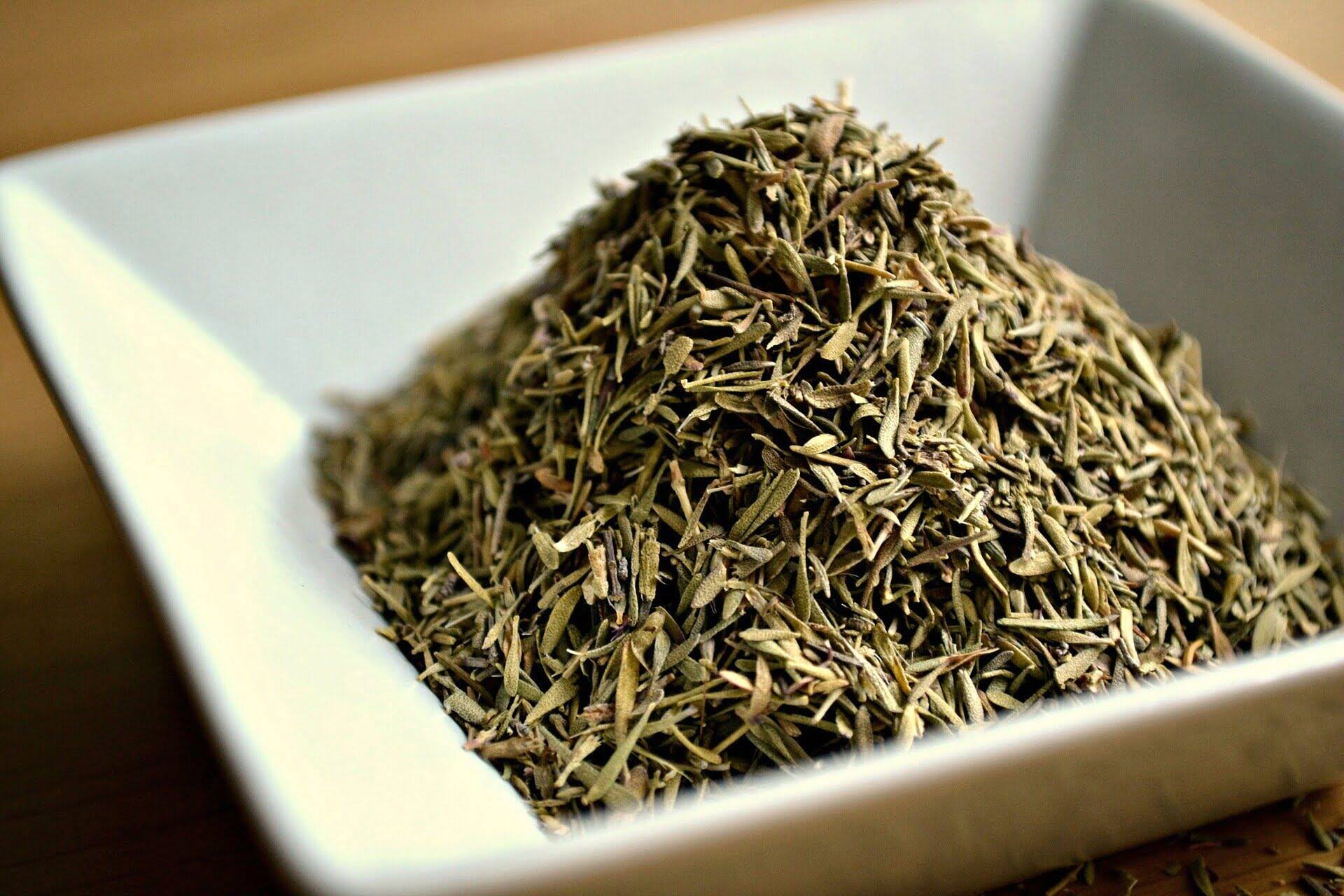

Garden Plants
What Does Thyme Taste Like?
Modified: January 6, 2024
Discover the unique taste of thyme and explore its culinary uses. Learn about this aromatic herb and how it can enhance the flavors of your dishes. Find out more about thyme plants today!
(Many of the links in this article redirect to a specific reviewed product. Your purchase of these products through affiliate links helps to generate commission for Storables.com, at no extra cost. Learn more)
Introduction
Thyme is a versatile and aromatic herb that is widely used in various cuisines around the world. It is not only valued for its culinary uses but also treasured for its medicinal properties. It belongs to the mint family and is known for its small, fragrant leaves and delicate flowers.
In this article, we will explore the unique flavor profile of thyme, its culinary uses, medicinal benefits, ideal pairings, different varieties available, methods of growing and harvesting, as well as storing and preserving techniques.
Whether you are an experienced chef or a novice cook, understanding the characteristics and applications of thyme will allow you to elevate your dishes and fully enjoy the benefits this herb has to offer.
Key Takeaways:
- Thyme’s warm, earthy, and slightly minty flavor with hints of lemon and pine makes it a versatile herb for enhancing both savory and sweet dishes, adding depth and complexity to culinary creations.
- Thyme offers not only culinary versatility but also a range of medicinal benefits, including antioxidant properties, anti-inflammatory effects, and respiratory health support, making it a valuable addition to any kitchen and home garden.
Read more: What Does Fenugreek Seeds Taste Like
Flavor Profile
Thyme is renowned for its distinct and robust flavor. It has a warm, earthy, and slightly minty taste with subtle hints of lemon and pine. The flavor intensifies when dried, making it a popular choice for adding depth to various dishes.
When used fresh, thyme leaves provide a bright and herbaceous flavor that enhances the overall taste of a dish. Its strong aroma fills the air and adds a delightful aroma to the food.
The intensity of thyme’s flavor depends on its variety and the time of harvest. Generally, younger leaves have a milder taste, while older leaves offer a more intense and slightly bitter flavor.
Thyme pairs well with a wide range of ingredients, including meats, vegetables, soups, stews, marinades, and sauces. Its versatility makes it a go-to herb for enhancing the taste of both savory and sweet dishes.
Now that we have discovered the delightful flavor profile of thyme, let’s explore its various culinary uses and discover how it can elevate your dishes to new heights.
Culinary Uses
Thyme is a staple herb in many cuisines around the world due to its versatile nature and ability to enhance the flavors of a wide range of dishes. Here are some popular culinary uses of thyme:
1. Seasoning: Thyme is commonly used as a seasoning herb in both fresh and dried forms. It adds depth and complexity to meat dishes, soups, stews, and sauces. Sprinkle it on roasted vegetables or use it to flavor marinades and dressings.
2. Roasting: Thyme pairs exceptionally well with roasted meats, such as chicken, lamb, and beef. The herb’s earthy flavor complements the rich flavors of the meat, creating a delicious and aromatic combination.
3. Infused Oils and Vinegars: Thyme-infused oils and vinegars can be made by steeping fresh thyme sprigs in these liquids. These infused oils and vinegars can be used in dressings, marinades, and as a finishing touch to elevate the flavors of dishes.
4. Herb Butter: Incorporating thyme into herb butter is a fantastic way to add a burst of flavor to bread, steaks, grilled vegetables, and seafood. Simply mix softened butter with chopped thyme leaves and spread it on your favorite foods.
5. Herbal Tea: Thyme can also be used to make a soothing herbal tea. Steep a few sprigs of fresh thyme in hot water for a few minutes, strain, and enjoy a fragrant and calming beverage.
6. Baking: Thyme can be a surprising addition to baked goods, such as bread, savory scones, and biscuits. Its unique flavor infuses into the dough, creating a delightful culinary experience.
7. Garnish: The delicate thyme leaves can be used as a decorative garnish for various dishes. It adds a touch of freshness and visual appeal to salads, soups, and appetizers.
As you can see, thyme is an incredibly versatile herb that can be used in numerous ways to enhance the flavors of your dishes. Its aromatic and earthy characteristics make it a must-have ingredient in any kitchen.
Medicinal Benefits
Thyme has been used for centuries not only for its culinary purposes but also for its medicinal properties. This herb is packed with essential vitamins, minerals, and antioxidants that offer a range of health benefits. Here are some of the notable medicinal benefits of thyme:
1. Antioxidant Powerhouse: Thyme is rich in antioxidants, which help protect cells from damage caused by free radicals. These antioxidants have been linked to reducing the risk of chronic diseases, such as heart disease, certain cancers, and age-related macular degeneration.
2. Anti-Inflammatory Properties: Thyme contains compounds with anti-inflammatory properties, such as rosmarinic acid. These compounds may help reduce inflammation in the body, which is believed to be a major contributor to various chronic conditions, including arthritis and inflammatory bowel disease.
3. Respiratory Health: Thyme has long been used as a natural remedy for respiratory issues. It has expectorant properties that can help loosen congestion and relieve coughs. Thyme may also help soothe sore throats and alleviate symptoms of bronchitis and asthma.
4. Digestive Aid: The essential oils in thyme, such as thymol, have been shown to have antimicrobial and antifungal properties, making thyme a potential remedy for digestive issues caused by bacteria or fungi. It may also help stimulate digestion and ease indigestion.
5. Boosts Immune System: Thyme is packed with vitamin C, which plays a crucial role in supporting a healthy immune system. Consuming thyme regularly may help strengthen the body’s defense against infections and improve overall immune function.
6. Antiseptic and Antibacterial: Thyme has natural antiseptic and antibacterial properties, making it a useful ingredient for cleaning wounds and preventing infections. Thyme essential oil is often used topically to disinfect cuts and scratches.
7. Mood Enhancement: The aroma of thyme has been linked to mood enhancement and stress relief. In aromatherapy, thyme essential oil is used to promote relaxation, reduce anxiety, and improve overall well-being.
While thyme has many potential health benefits, it’s important to note that it should not replace any prescribed medications or treatments. Consulting with a healthcare professional is always recommended before using thyme medicinally.
Now that we’ve explored the numerous medicinal benefits of thyme, let’s move on to the ideal pairings that will bring out its flavors and properties even more.
Pairings
Thyme is a versatile herb that pairs well with a wide range of flavors, making it a valuable ingredient in various dishes. Here are some ideal pairings that will complement and enhance the flavors of thyme:
1. Meat: Thyme pairs exceptionally well with meats such as chicken, lamb, beef, and pork. It adds a depth of flavor to roasted or grilled meats and complements their natural richness. Try adding thyme to marinades, rubs, or as a garnish for an extra burst of flavor.
2. Vegetables: Thyme is a wonderful companion for a variety of vegetables. It pairs well with roasted potatoes, sautéed mushrooms, carrots, zucchini, and tomatoes. Add fresh thyme leaves during the cooking process to infuse your vegetables with a fragrant and herbaceous flavor.
3. Seafood: Thyme can enhance the taste of seafood dishes, particularly white fish and shellfish. It adds a fresh and aromatic note to grilled or baked fish, shrimp scampi, or seafood soups and stews.
4. Citrus: Thyme and citrus fruits make a delightful pairing. The bright and tangy flavors of lemon, lime, and orange complement the earthy and minty nature of thyme. Use them together in marinades, dressings, or as a finishing touch to salads, roasted vegetables, or grilled meats.
5. Other Herbs: Thyme blends well with other herbs, such as rosemary, sage, oregano, and parsley. Experiment with different herb combinations to create complex and aromatic flavors in your recipes.
6. Dairy: Thyme can add a unique touch to dairy-based dishes like creamy soups, sauces, and dips. It pairs well with cheeses like goat cheese, feta, and Parmesan, adding a depth of flavor and balancing the richness of the dairy.
7. Honey: The combination of thyme and honey creates a beautiful balance of flavors. Drizzle thyme-infused honey over yogurt, fresh fruit, or use it as a glaze for roasted meats to add a sweet and savory touch.
These are just a few examples of the many pairings that work harmoniously with thyme. Don’t be afraid to get creative and experiment with different combinations to discover your own favorite flavor profiles.
Up next, we will explore the different varieties of thyme available and discuss their unique characteristics.
Thyme has a strong, earthy flavor with hints of mint and citrus. It is often described as slightly sweet and floral, and can add depth to savory dishes.
Read more: What Does Thyme Look Like?
Varieties
Thyme comes in various varieties, each with its own unique characteristics and flavors. Here are some of the most popular varieties of thyme:
1. Common Thyme (Thymus vulgaris): Common thyme is the most widely available variety and is commonly used in cooking. It has a strong, earthy flavor with hints of mint and lemon. This variety is versatile and pairs well with a wide range of dishes.
2. Lemon Thyme (Thymus citriodorus): As the name suggests, lemon thyme has a strong lemony aroma and flavor. It adds a bright and citrusy note to dishes and works exceptionally well in marinades, salads, and desserts.
3. French Thyme (Thymus vulgaris ‘French’): French thyme is a popular variety known for its delicate flavor. It has a milder taste compared to other varieties and is often used in recipes that call for a more subtle thyme flavor.
4. English Thyme (Thymus vulgaris ‘English’): English thyme is another widely used variety that is slightly milder in flavor compared to common thyme. It works well in both fresh and dried forms and is popular in traditional British and Mediterranean cuisines.
5. Creeping Thyme (Thymus serpyllum): Creeping thyme has a low-growing and spreading habit, making it an excellent choice for ground covers and pathways. It has a strong flavor and aroma, similar to common thyme, and is often used in Mediterranean and herb-infused oils.
6. Caraway Thyme (Thymus herba-barona): Caraway thyme has a distinct caraway-like flavor and aroma. It works well in savory dishes, such as stews, bread, and root vegetable recipes.
7. Woolly Thyme (Thymus pseudolanuginosus): Woolly thyme is a unique variety with silver-gray fuzzy leaves. It has a mild flavor and is often used as an ornamental ground cover in gardens.
These are just a few examples of the many thyme varieties available. Each variety brings its own unique taste and characteristics to dishes, allowing you to experiment with different flavors and aromas in your culinary creations.
Now that we have explored the different varieties of thyme, let’s move on to learn about the methods of growing and harvesting this versatile herb.
Growing and Harvesting
Thyme is a relatively easy herb to grow, making it a popular choice for both beginner and experienced gardeners. Here are some tips for successfully growing and harvesting thyme:
1. Sunlight and Soil: Thyme thrives in full sun, so choose a location in your garden that receives at least six hours of direct sunlight per day. The soil should be well-draining and have good airflow. Sandy or loamy soil types work best for thyme.
2. Planting: Thyme can be grown from seeds, although it’s more common to use young plants or propagate from cuttings. Plant the thyme seedlings or cuttings about 8 to 12 inches apart, ensuring they have enough space to spread as they grow.
3. Watering: Thyme prefers slightly dry conditions rather than being constantly moist. Water the plants thoroughly, allowing the soil to dry out between waterings. Avoid overwatering, as this can lead to root rot.
4. Pruning: Regular pruning helps keep thyme plants bushy and promotes healthy growth. Trim back the stems regularly, especially after flowering, to prevent them from becoming woody. This also encourages the plant to produce new, flavorful leaves.
5. Harvesting: Thyme can be harvested throughout the growing season, but it’s best to wait until the plants are well-established and at least 6 inches tall. To harvest, simply snip the young, tender stems just above a set of leaves. This encourages new growth and ensures a continuous supply of fresh leaves.
6. Drying Thyme: If you wish to preserve thyme for long-term use, you can dry the harvested sprigs. Gather a bunch of stems and hang them upside down in a well-ventilated area away from direct sunlight. Once completely dry, remove the leaves from the stems and store them in airtight containers.
7. Container Gardening: Thyme is suitable for container gardening, making it an excellent choice for those with limited garden space. Choose a well-draining pot and use a quality potting mix. Ensure the container has drainage holes to prevent waterlogging.
By following these guidelines, you can enjoy a bountiful harvest of fresh thyme throughout the growing season. The next step is to learn about the proper ways to store and preserve thyme to prolong its shelf life.
Storing and Preserving
Thyme can be stored and preserved in various ways to ensure that you always have its flavorful leaves at your fingertips. Here are some methods for storing and preserving thyme:
1. Refrigeration: Fresh thyme can be stored in the refrigerator to keep it fresh for a longer period. Rinse the sprigs and pat them dry before placing them in a damp paper towel. Seal them in a plastic bag and keep them in the refrigerator’s crisper drawer. Fresh thyme can last for up to two weeks when stored this way.
2. Freezing: Freezing is an excellent method for preserving thyme for extended periods. Remove the leaves from the stems and place them in airtight freezer bags or containers. Alternatively, you can freeze thyme in ice cube trays by adding a little water or oil with the leaves. This makes it convenient to add frozen thyme cubes directly to your cooking when needed.
3. Drying: Drying thyme allows you to keep it on hand for an extended period without the need for refrigeration or freezing. Hang the harvested thyme sprigs upside down in a well-ventilated area away from direct sunlight. Once dry, remove the leaves from the stems and store them in airtight containers. Dried thyme can retain its flavor for several months.
4. Infused Oil or Vinegar: Create flavorful thyme-infused oil or vinegar by placing fresh thyme sprigs in a bottle and covering them with oil or vinegar of your choice. Let the mixture steep for a few weeks in a cool, dark place. Strain the liquid and store it in a sealed container. This infused oil or vinegar can be used for dressings, marinades, or as a flavor-enhancing ingredient in various recipes.
5. Herb Butter: Another method of preserving thyme is by making herb butter. Soften butter and combine it with chopped thyme leaves. Roll the mixture into a log shape using plastic wrap and refrigerate or freeze. Slice off portions when needed and use as a flavorful addition to cooked dishes or as a spread.
6. Dehydrating: Using a food dehydrator is an efficient way to dry thyme quickly. Follow the manufacturer’s instructions to dehydrate the thyme leaves until they are completely dry and brittle. Store the dried leaves in airtight containers for future use.
By preserving thyme using these methods, you can enjoy its flavors and aromas even when it is out of season. Remember to label and date your stored thyme to keep track of its freshness.
Now that we’ve learned how to store and preserve thyme, let’s conclude our exploration of this versatile herb.
Conclusion
Thyme is a remarkable herb that not only adds depth and flavor to dishes but also offers numerous health benefits. Its warm, earthy, and slightly minty taste, along with its aromatic properties, make it a versatile ingredient in various cuisines around the world.
In this article, we’ve delved into the flavor profile of thyme, its culinary uses, medicinal benefits, ideal pairings, different varieties, as well as growing, harvesting, and storing techniques. Understanding the unique characteristics of thyme allows us to unlock its full potential and elevate our culinary creations.
Whether you’re using thyme in savory dishes, infusing it in oils and vinegars, or adding it to sweet treats, this herb brings a delightful and aromatic quality to any recipe. Its versatility in the kitchen, combined with its medicinal properties, makes it a valuable addition to any home garden or spice rack.
From seasoning meats and vegetables to enhancing soups and marinades, thyme has the ability to transform everyday meals into extraordinary culinary experiences.
So next time you reach for herbs to elevate your cooking, consider the beauty and flavor that thyme brings to the table. Whether you’re a seasoned chef or a novice in the kitchen, thyme can add that extra touch of magic to your creations.
Begin exploring the world of thyme today and unlock a world of culinary possibilities!
Frequently Asked Questions about What Does Thyme Taste Like?
Was this page helpful?
At Storables.com, we guarantee accurate and reliable information. Our content, validated by Expert Board Contributors, is crafted following stringent Editorial Policies. We're committed to providing you with well-researched, expert-backed insights for all your informational needs.
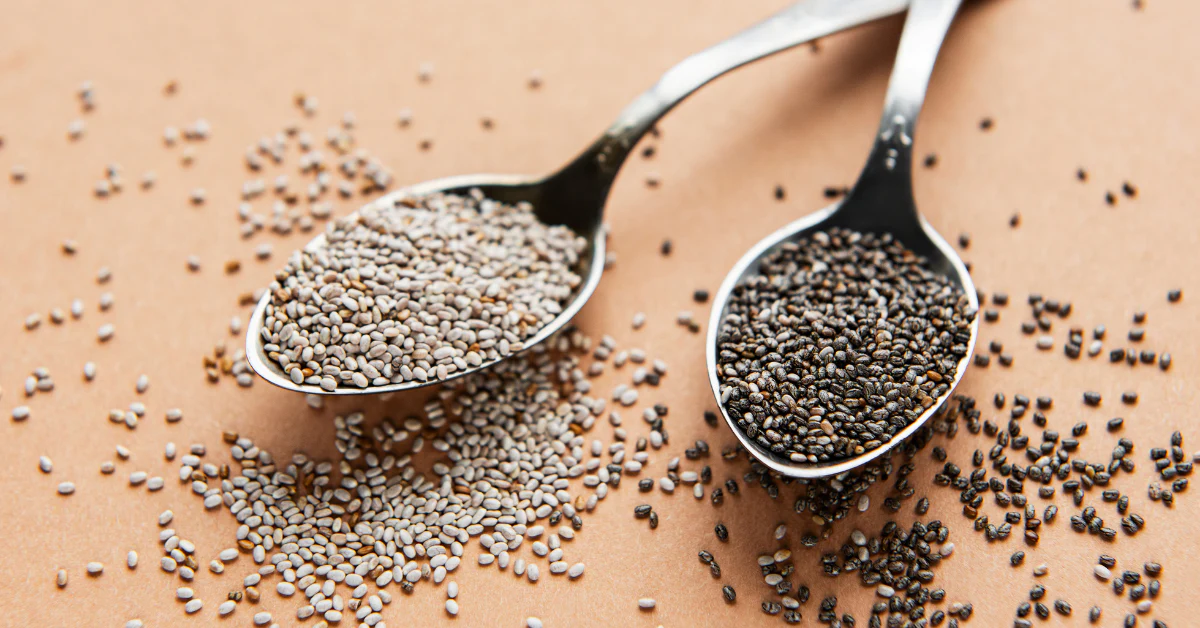

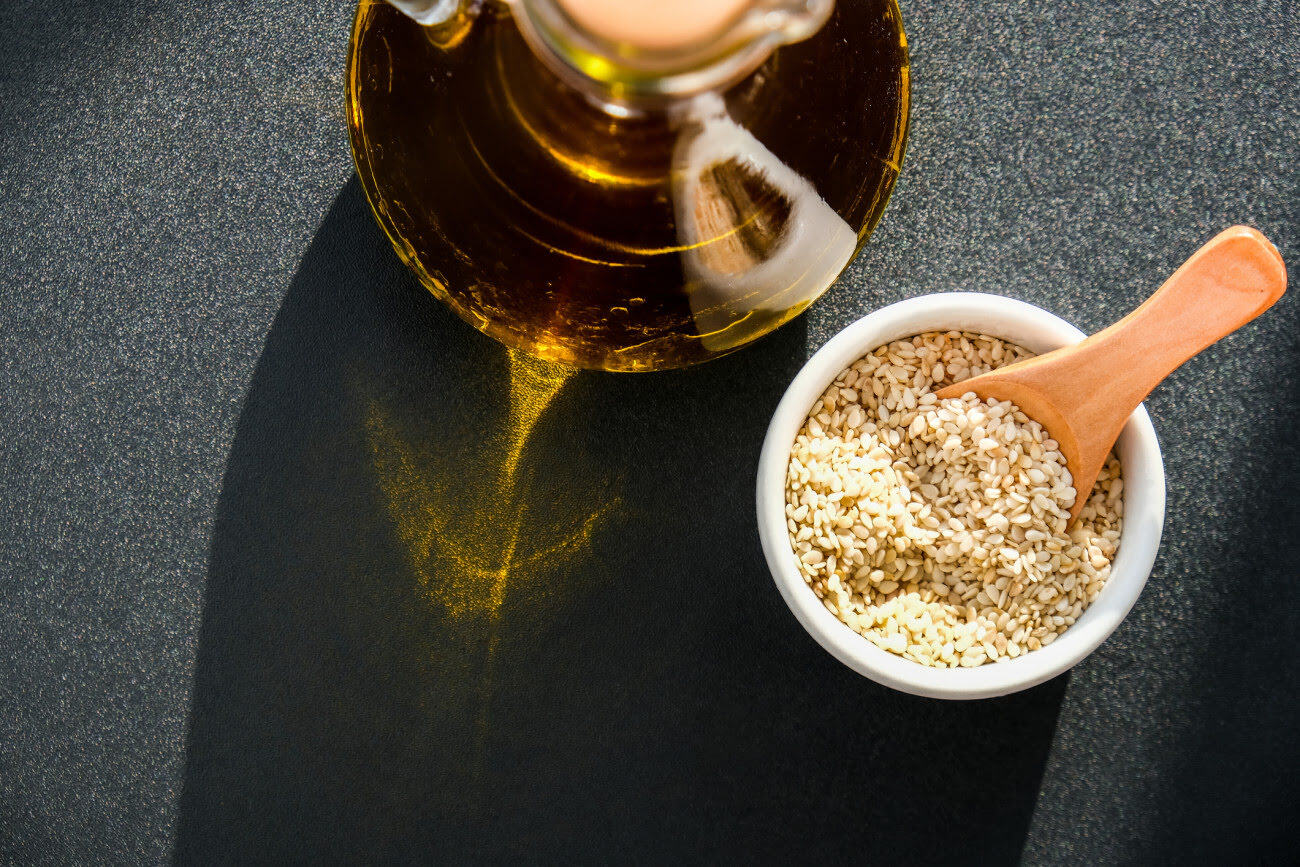

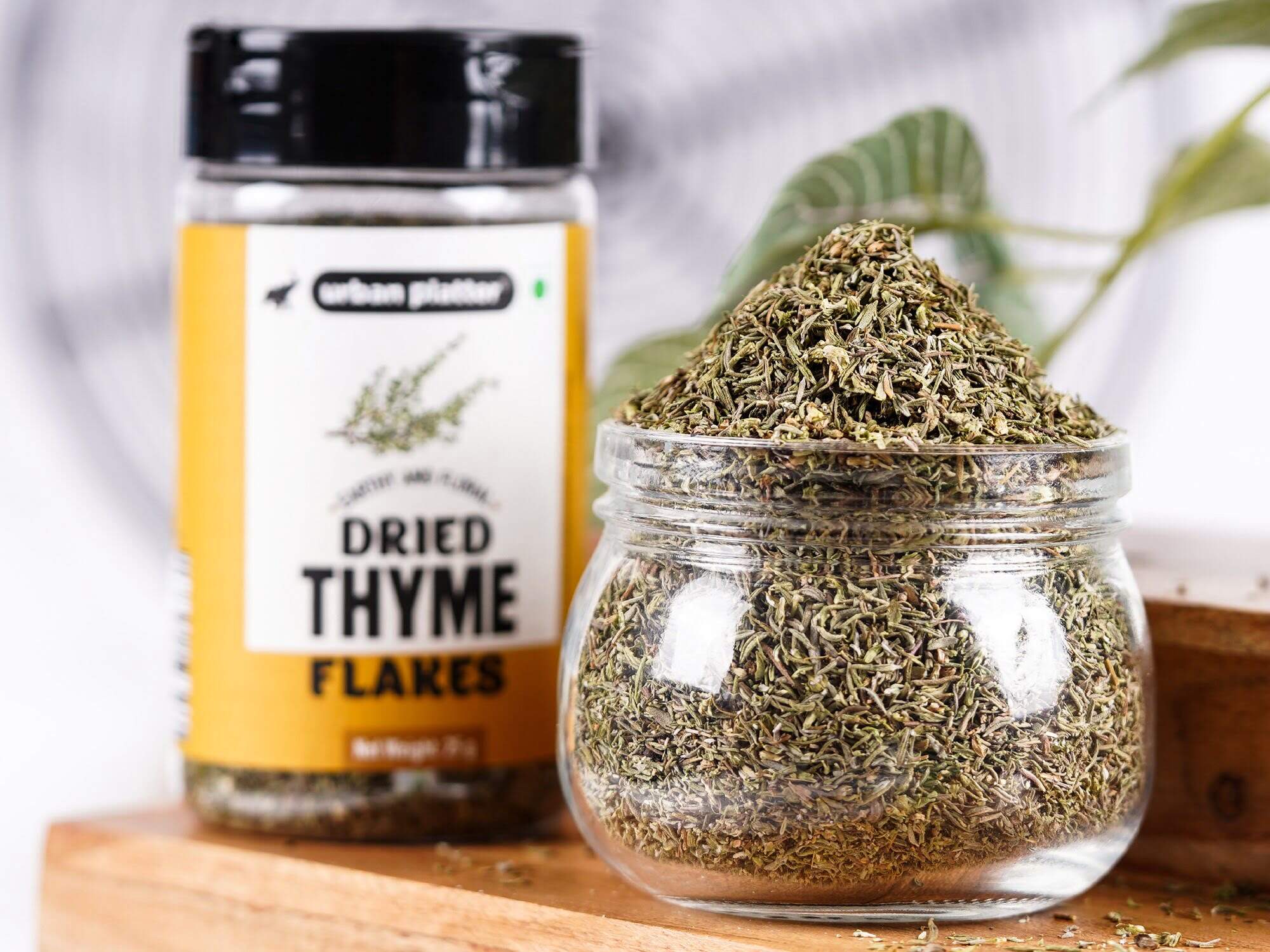
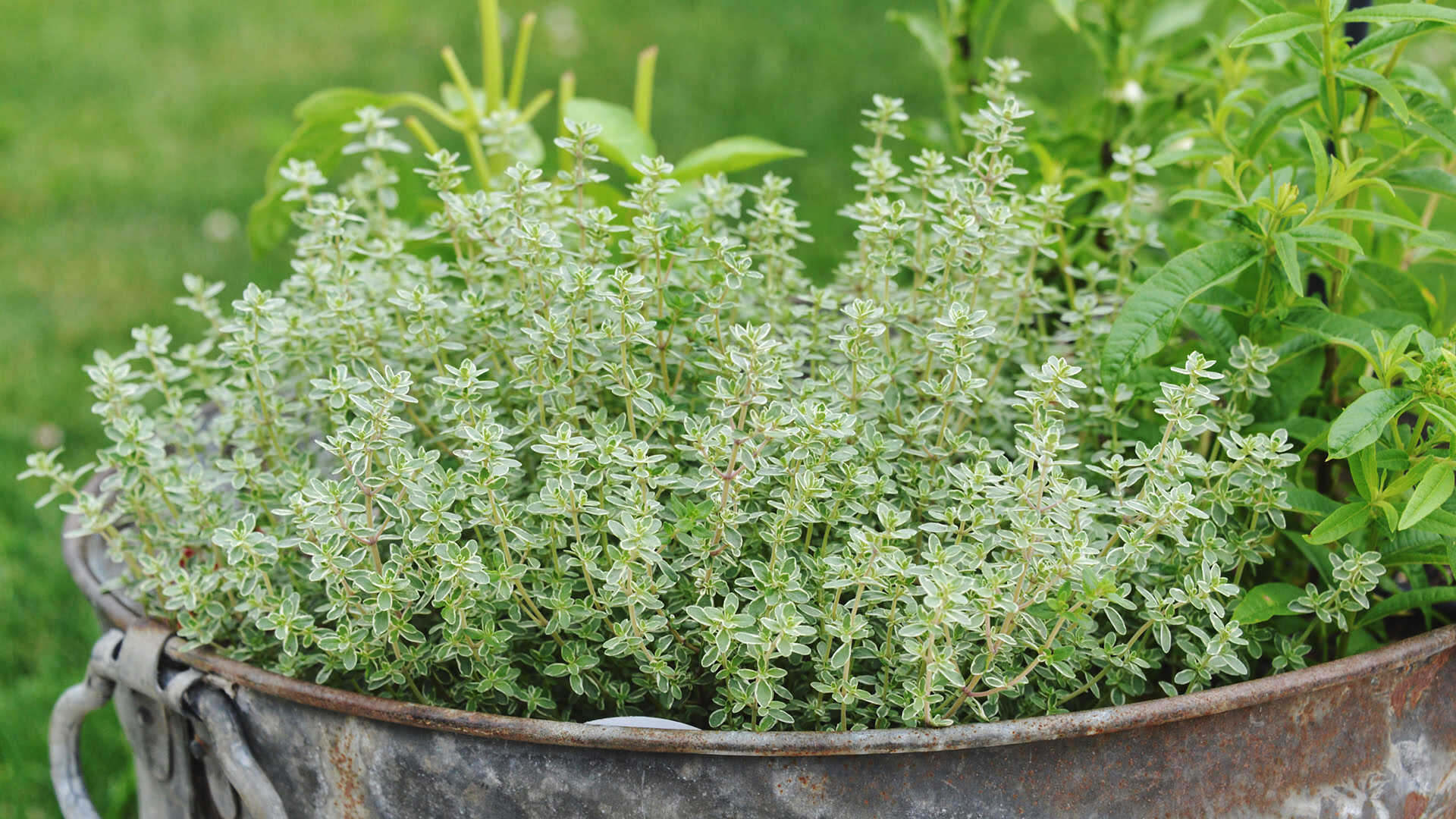
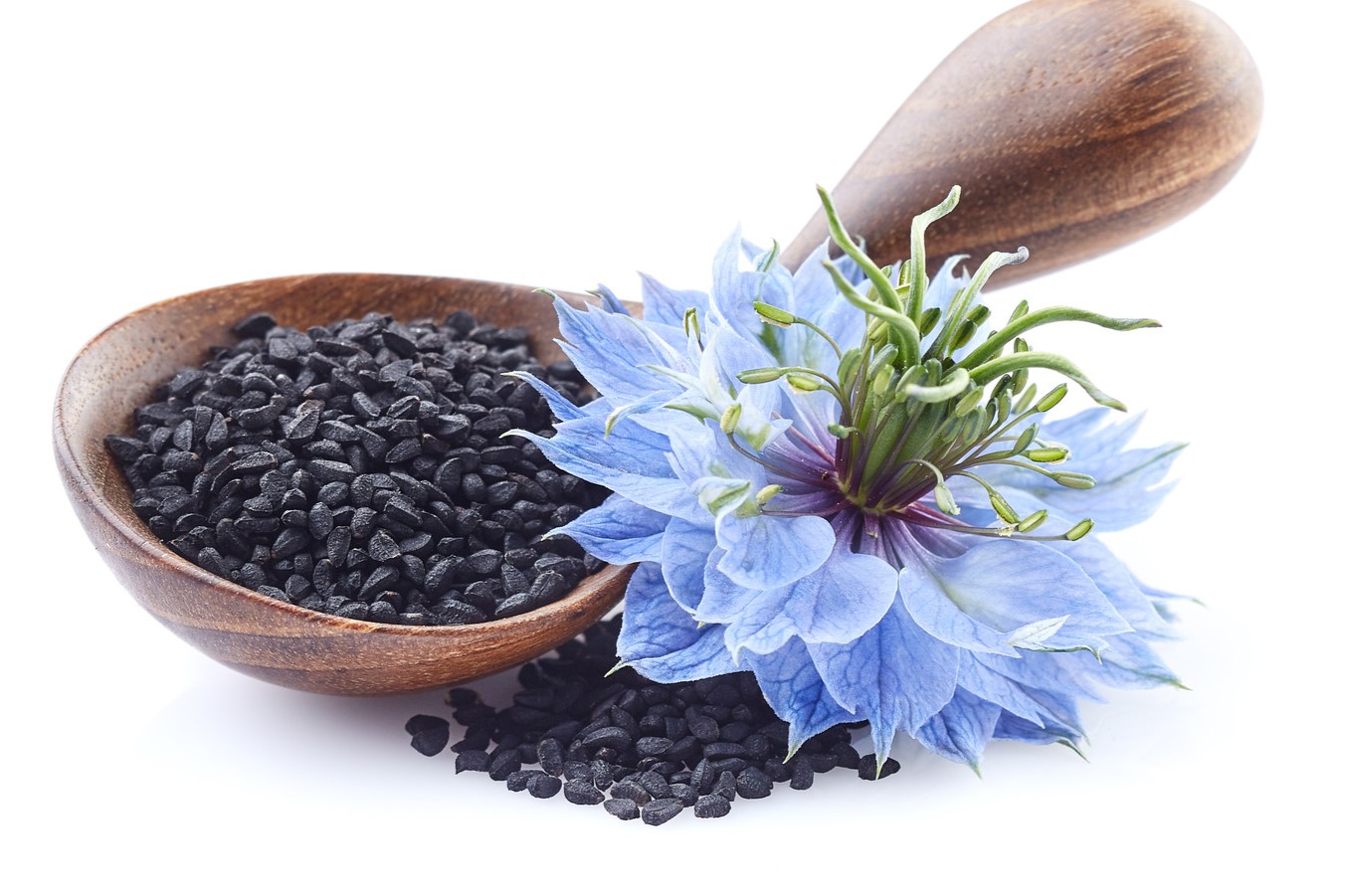
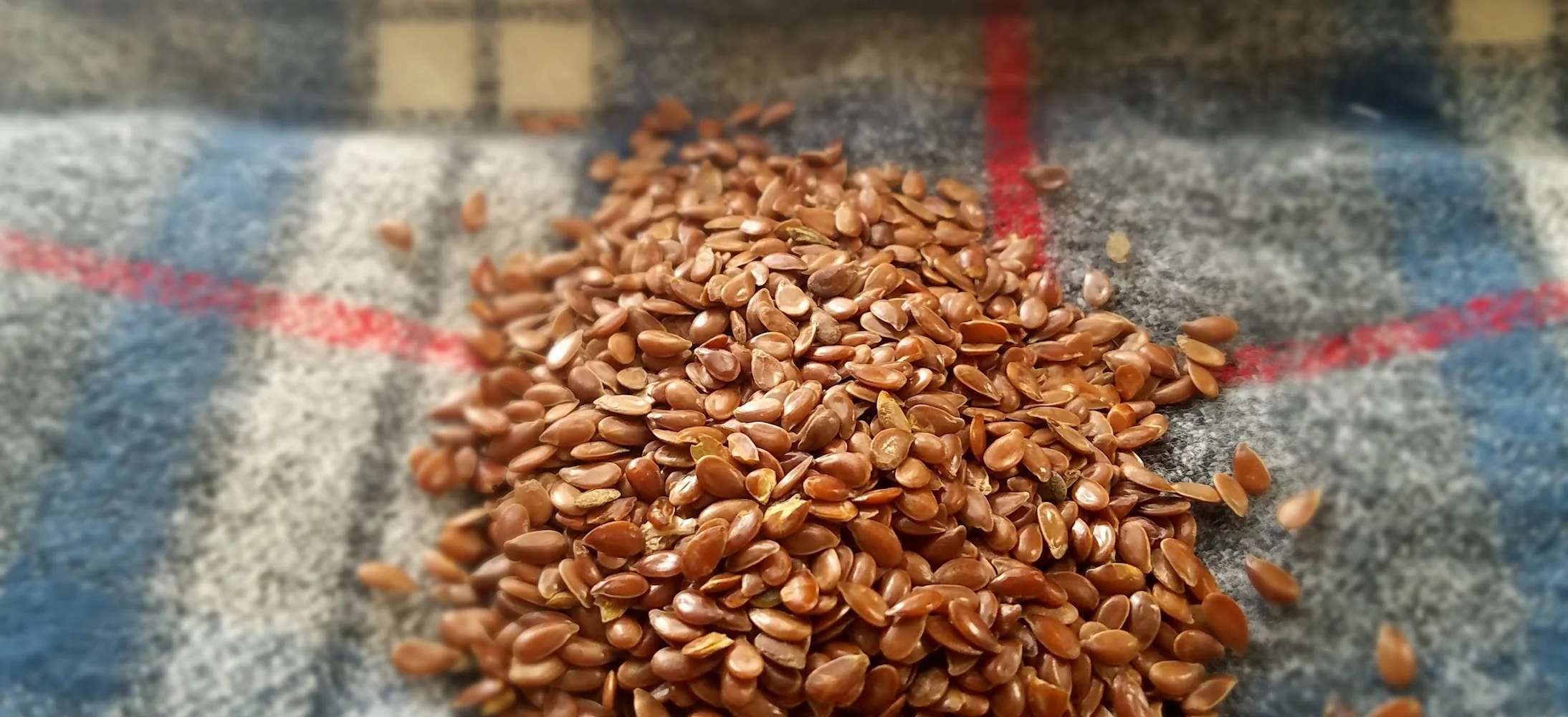
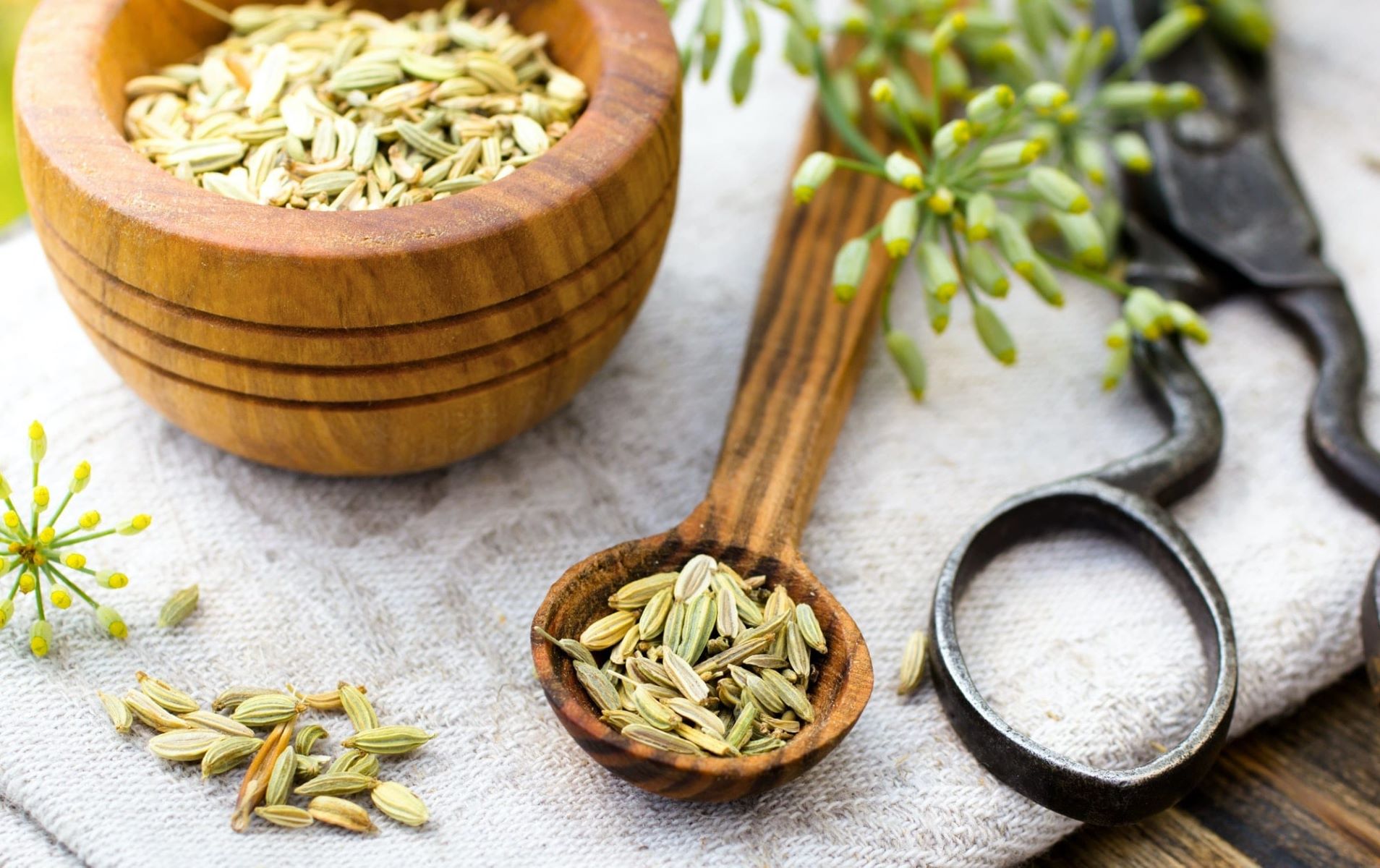

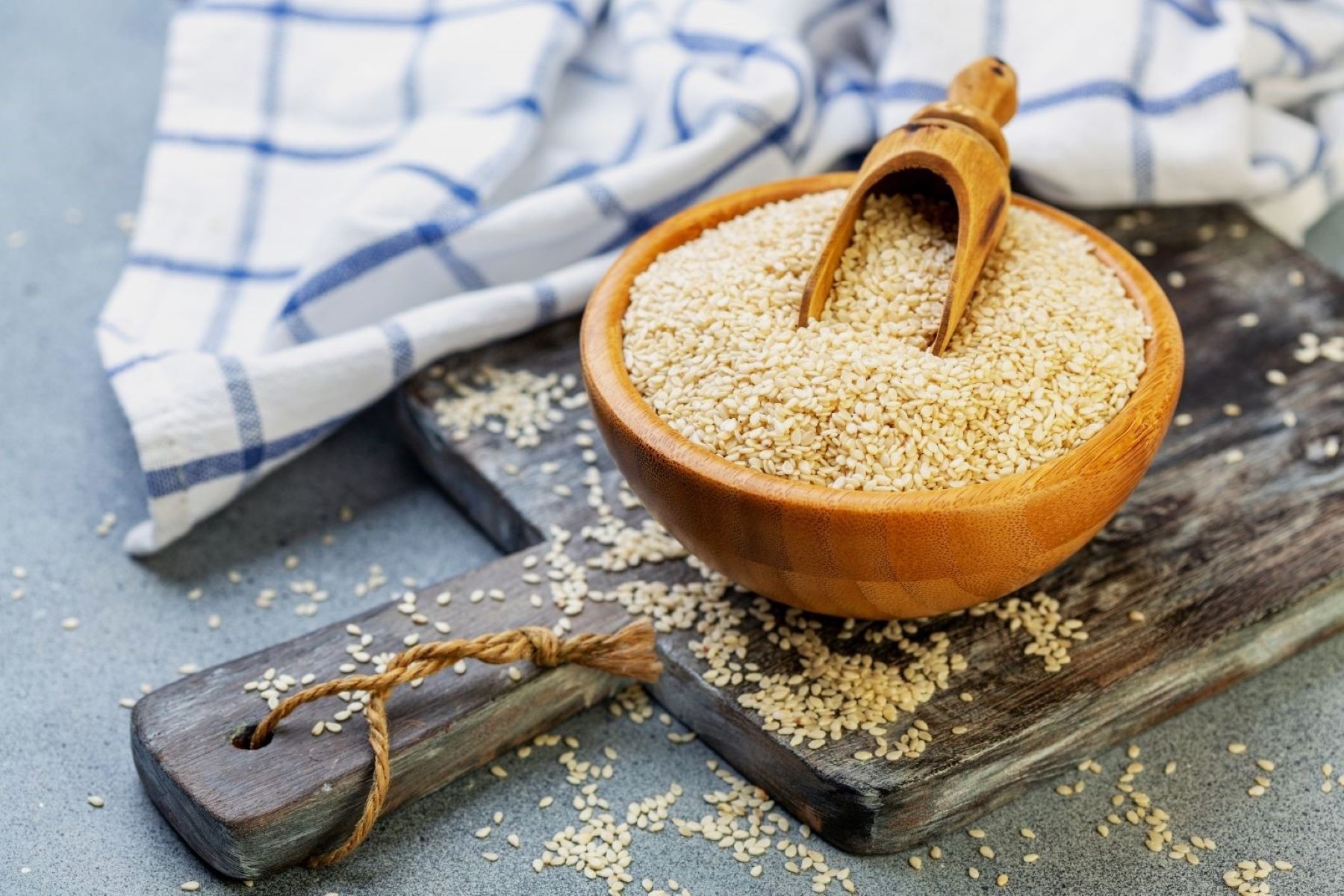

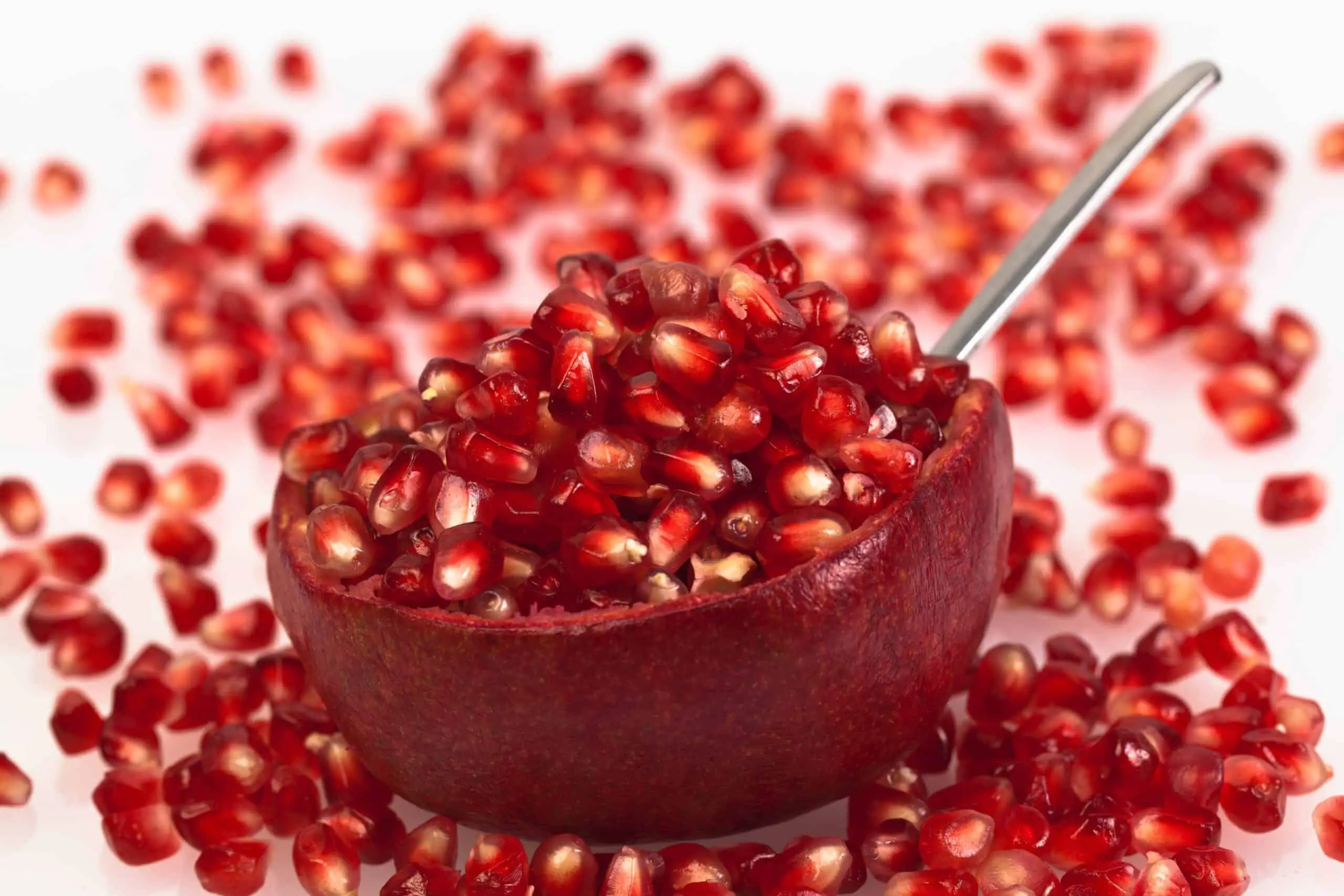


0 thoughts on “What Does Thyme Taste Like?”